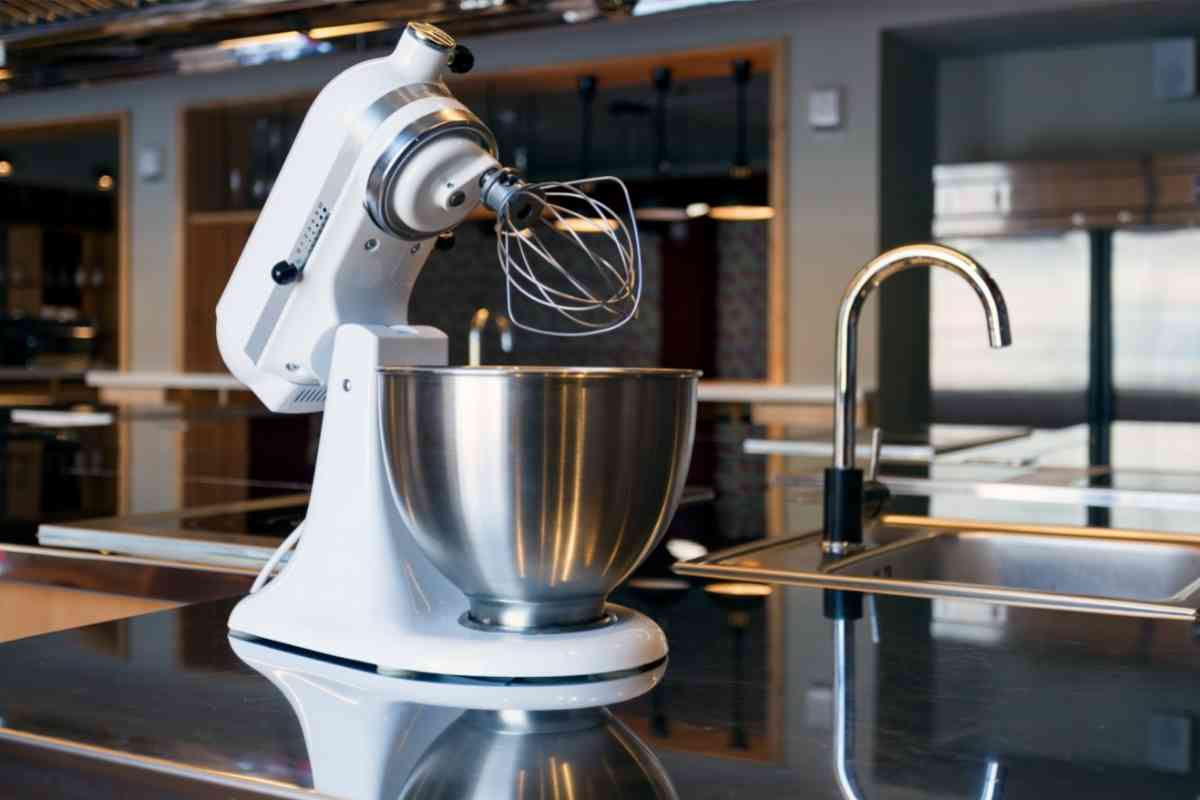

Articles
How Long Does Kitchenaid Mixer Last
Modified: March 21, 2024
Discover the lifespan of Kitchenaid mixers and find out how long they typically last. Read our informative articles to learn more about these durable kitchen appliances.
(Many of the links in this article redirect to a specific reviewed product. Your purchase of these products through affiliate links helps to generate commission for Storables.com, at no extra cost. Learn more)
Introduction
Kitchenaid mixers are known for their exceptional performance and durability, making them a staple appliance in many kitchens. Whether you’re a professional baker or a casual home cook, a Kitchenaid mixer can make your culinary experiences more efficient and enjoyable. However, like any appliance, the lifespan of a Kitchenaid mixer can vary depending on various factors.
In this article, we will explore the factors that affect the lifespan of a Kitchenaid mixer, discuss the quality and durability of these mixers, delve into proper care and maintenance, and provide tips on extending the lifespan of your Kitchenaid mixer. Whether you’re considering purchasing a new Kitchenaid mixer or you want to ensure the longevity of your current one, this article will provide you with valuable insights.
So, let’s dive in and uncover the secrets to maximizing the lifespan of your beloved Kitchenaid mixer.
Key Takeaways:
- Proper care and maintenance, adherence to load capacity, and protection from power surges can extend the lifespan of your Kitchenaid mixer, ensuring years of reliable performance in your culinary endeavors.
- Recognizing signs of wear and understanding factors affecting lifespan empower you to make informed decisions about repairing or replacing your Kitchenaid mixer, preserving its exceptional performance for years to come.
Read more: How Much Does A Kitchenaid Mixer Weigh
Factors Affecting the Lifespan of a Kitchenaid Mixer
The lifespan of a Kitchenaid mixer can be influenced by several factors. Understanding these factors can help you make informed decisions when purchasing a new mixer and ensure that you take the necessary steps to maintain and care for your current one.
1. Frequency of Use: The more frequently you use your Kitchenaid mixer, the more wear and tear it will experience. If you use your mixer on a daily basis, it may not last as long as one that is used less frequently. However, it’s important to note that Kitchenaid mixers are designed to handle regular use, so with proper care, they can still have a long lifespan.
2. Load Capacity: Overloading your mixer can put excessive strain on its motor and components. It’s crucial to follow the manufacturer’s guidelines regarding load capacity for your specific model. By using it within its recommended limits, you can prevent premature wear and ensure the longevity of your mixer.
3. Quality of Ingredients: The quality of the ingredients being mixed can also impact the lifespan of your Kitchenaid mixer. Dense or sticky mixtures may require more effort from the motor, leading to increased wear and tear. It’s essential to use high-quality ingredients and ensure they are properly prepared to minimize strain on the mixer.
4. Maintenance and Cleaning: Regular maintenance and cleaning play a vital role in extending the lifespan of your Kitchenaid mixer. Over time, debris and food particles can accumulate, affecting the performance of the machine. Proper cleaning and lubrication of the moving parts, as recommended by the manufacturer, will help prevent issues and keep your mixer running smoothly.
5. Power Surge Protection: Power surges can cause damage to electronic components, including the motor of your Kitchenaid mixer. It’s advisable to use a surge protector or consider investing in a mixer with built-in surge protection to safeguard against voltage fluctuations.
6. User Handling: How the mixer is handled and operated can also affect its lifespan. Rough handling, excessive force, or improper attachment of accessories can lead to damage. It’s essential to familiarize yourself with the user manual and handle the mixer with care.
By understanding these factors and taking appropriate measures, you can ensure that your Kitchenaid mixer remains in top condition and enjoy its performance for years to come.
Quality and Durability of Kitchenaid Mixers
One of the reasons why Kitchenaid mixers are highly regarded is their superior quality and durability. Kitchenaid has built a reputation for producing high-performance mixers that can withstand the demands of even the most avid bakers and chefs.
1. Construction: Kitchenaid mixers are constructed with robust and durable materials. The main body of the mixer is typically made of die-cast metal, which provides strength and stability during operation. The mixing bowl and attachments are often made from stainless steel, ensuring longevity and resistance to corrosion.
2. Powerful Motor: Kitchenaid mixers feature powerful motors that are designed to handle heavy mixing tasks. The motors are engineered to provide consistent power and torque, ensuring smooth and efficient mixing even with dense dough or heavy batter. This high-performance motor contributes to the overall durability of the mixer.
3. Versatility: Kitchenaid mixers are renowned for their versatility. They come with a wide range of attachments, including dough hooks, whisk attachments, and paddle attachments, allowing users to tackle various culinary tasks with ease. These attachments are designed to fit securely and withstand repeated use, enhancing the overall durability of the mixer.
4. Warranty: Kitchenaid stands behind the quality and durability of their mixers by offering generous warranties. Depending on the model, a Kitchenaid mixer may come with a warranty ranging from one to five years. This warranty coverage provides peace of mind and reassurance that the company is confident in the longevity of their products.
5. Customer Reviews: Anecdotal evidence from millions of satisfied customers attests to the quality and durability of Kitchenaid mixers. Many users report owning their Kitchenaid mixer for several years or even decades, with minimal issues or loss of performance. These testimonials reinforce the reputation of Kitchenaid as a reliable and long-lasting appliance brand.
While Kitchenaid mixers are known for their durability, it’s important to note that proper care and maintenance are still crucial to maximize their lifespan. Regular cleaning, adherence to load capacity guidelines, and careful handling will ensure that your Kitchenaid mixer continues to perform at its best for years to come.
Proper Care and Maintenance of Kitchenaid Mixers
Caring for and maintaining your Kitchenaid mixer is essential to ensure its optimal performance and longevity. By following these care and maintenance tips, you can keep your mixer in top shape for years of enjoyable use:
1. Regular Cleaning: After each use, make sure to clean your mixer thoroughly. Start by unplugging it and removing any attachments. Wash the attachments and the mixing bowl with warm soapy water, then rinse and dry them thoroughly. Use a damp cloth to wipe down the main body of the mixer, being careful not to get water into any of the electrical components.
2. Lubrication: To keep the moving parts of your Kitchenaid mixer running smoothly, lubricate the motor assembly as per the manufacturer’s instructions. Typically, this involves adding a few drops of food-grade lubricating grease to specific points on the mixer. Regular lubrication helps reduce friction and wear on the moving parts.
3. Avoid Overloading: Be mindful of the load capacity guidelines provided by the manufacturer. Overloading your mixer can strain the motor and other components, leading to premature wear and potential damage. If you’re unsure about the load capacity, consult the user manual or the manufacturer’s website for clarification.
4. Use the Right Speed: Different tasks require different mixing speeds. Using the appropriate speed setting ensures efficient mixing and reduces strain on the motor. Start at a lower speed and gradually increase as needed, especially when working with heavier mixtures or dense dough.
5. Store Properly: When not in use, store your Kitchenaid mixer in a clean and dry location. Make sure to detach any accessories and store them separately. If possible, cover the mixer with a dust cover or use the mixer’s own storage case to protect it from dust and potential damage.
6. Periodic Maintenance: It’s a good idea to perform periodic maintenance tasks, such as checking and tightening any loose screws or bolts. Additionally, inspect the power cord for any signs of wear or damage and replace it if necessary. Regular maintenance can help prevent issues and extend the lifespan of your mixer.
By following these care and maintenance practices, you can ensure that your Kitchenaid mixer stays in excellent condition and delivers outstanding performance for years to come. Remember, a well-maintained mixer not only lasts longer but also provides consistent results in all your culinary endeavors.
A KitchenAid mixer can last for decades with proper care and maintenance. Regular cleaning, avoiding overloading, and using the correct attachments can help prolong its lifespan.
Signs that Your Kitchenaid Mixer is Nearing the End of its Lifespan
While Kitchenaid mixers are known for their durability, over time, wear and tear can take a toll on any appliance. Here are some signs that indicate your Kitchenaid mixer may be nearing the end of its lifespan:
1. Motor Struggles: If you notice that the mixer’s motor is struggling to maintain consistent speed or is making unusual noises, it could be a sign of internal wear and tear. Motors can become less efficient over time, resulting in reduced performance and eventually leading to complete failure.
2. Frequent Overheating: If the motor of your mixer is overheating more frequently, it may be a sign that it’s working harder than it should. Overheating can lead to motor damage and decreased performance. If your mixer is frequently overheating, it may be time to consider a replacement.
3. Excessive Vibrations: While some vibration is normal during operation, if you notice a significant increase in vibrations or a wobbling motion, it could indicate an imbalance or damage to the motor or internal components. Excessive vibrations can lead to further damage and may be a sign that your mixer is nearing the end of its lifespan.
4. Gradual Loss of Power: If you find that your mixer is gradually losing power and struggling to mix even lighter ingredients, it may be a sign of motor fatigue or worn-out components. This loss of power can impact the mixer’s ability to perform its intended functions effectively.
5. Difficulty in Changing Speeds or Modes: A clear sign of internal wear or damage is if you experience difficulty in changing speeds or modes on your Kitchenaid mixer. This could be caused by a malfunctioning control panel or worn-out switches. If the control functions are not operating smoothly, it may be time to consider a replacement.
6. Age and Usage: While not an immediate indicator of imminent failure, the age and frequency of use of your mixer can be a factor in determining its remaining lifespan. If your mixer is several years old and has seen heavy use, it may be more prone to mechanical issues and a higher likelihood of reaching the end of its lifespan.
It’s important to note that these signs do not necessarily mean your mixer is beyond repair. In some cases, certain components can be replaced to restore functionality. However, if you experience multiple signs or a combination of them, it may be more cost-effective to invest in a new mixer rather than attempt extensive repairs.
Ultimately, if your Kitchenaid mixer is exhibiting several of these signs and is no longer performing as it once did, it may be time to bid farewell to your trusted companion and welcome a new one into your kitchen.
Extending the Lifespan of Your Kitchenaid Mixer
To maximize the lifespan of your Kitchenaid mixer and ensure years of reliable performance, follow these tips:
1. Follow the Manufacturer’s Guidelines: Start by reading and following the user manual provided by Kitchenaid. The manual contains important information on operation, care, and maintenance specific to your model. Adhering to the manufacturer’s guidelines will help prevent unnecessary wear and prolong the life of your mixer.
2. Avoid Overloading: Do not exceed the recommended load capacity of your mixer. Overloading can strain the motor and cause premature wear. It’s better to mix in smaller batches or make adjustments to the recipe to accommodate the mixer’s capacity.
3. Use the Right Speed: Use the appropriate speed setting for the task at hand. Starting at a slower speed and gradually increasing as needed reduces stress on the motor and ensures efficient mixing. Refer to the user manual for guidance on speed recommendations for different types of ingredients and recipes.
4. Give it a Rest: If you’re using your Kitchenaid mixer for prolonged periods, allow it to rest periodically. Continuous use for extended durations can overheat the motor and other components. A few minutes of rest between batches will help prevent overheating and extend the lifespan of your mixer.
5. Proper Cleaning and Maintenance: Regularly clean your mixer to remove any buildup of residue or food particles. Use warm soapy water to clean the attachments and mixing bowl, and wipe the main body with a damp cloth. Additionally, follow the manufacturer’s instructions for lubricating the motor assembly to keep the moving parts running smoothly.
6. Protection from Power Surges: Unpredictable power surges can damage the motor and electrical components of your mixer. Use a surge protector or consider investing in a mixer with built-in surge protection to safeguard against voltage fluctuations.
7. Store Properly: When not in use, store your Kitchenaid mixer in a clean and dry location. Make sure to detach any attachments and store them separately. Use a dust cover or the mixer’s storage case to protect it from dust and potential damage.
8. Regular Maintenance Checks: Periodically inspect your mixer for loose screws or bolts. Check the power cord for any signs of wear or damage and replace if necessary. Regular maintenance can help identify potential issues early on and prevent further damage.
By following these tips and practicing proper care and maintenance, you can prolong the life of your Kitchenaid mixer and ensure its continued reliable performance. Remember, a little effort in taking care of your mixer goes a long way in preserving its functionality for many delightful baking adventures to come.
Conclusion
Your Kitchenaid mixer is not just an appliance, but a trusted companion in your culinary endeavors. With its exceptional performance and durability, it can become an essential tool in your kitchen for many years to come. By understanding the factors that affect its lifespan, ensuring its quality and durability, practicing proper care and maintenance, and recognizing signs of wear, you can maximize the lifespan of your Kitchenaid mixer.
Throughout this article, we have explored the various factors that can impact the lifespan of your mixer, including frequency of use, load capacity, ingredient quality, maintenance, power surge protection, and user handling. We have also highlighted the quality and durability of Kitchenaid mixers, emphasizing their construction, powerful motors, versatility, warranty, and positive customer reviews.
Furthermore, we provided valuable tips on properly caring for and maintaining your Kitchenaid mixer, such as regular cleaning, lubrication, avoiding overloading, following speed recommendations, proper storage, and conducting periodic maintenance checks. These practices will ensure that your mixer continues to perform at its best and lasts for many years.
However, it’s important to recognize the signs that indicate your Kitchenaid mixer may be nearing the end of its lifespan. These signs include motor struggles, frequent overheating, excessive vibrations, gradual loss of power, difficulty in changing speeds or modes, and considering the age and usage of your mixer. Knowing these signs can help you make an informed decision about repairing or replacing your mixer when the time comes.
In conclusion, by understanding the factors that impact its lifespan, providing proper care and maintenance, and recognizing when it may be time for a replacement, you can extend the lifespan of your Kitchenaid mixer and continue to enjoy its exceptional performance in your culinary adventures. So, cherish your Kitchenaid mixer, treat it with care, and let it be a reliable companion in creating delicious meals and baked treats for years to come.
Frequently Asked Questions about How Long Does Kitchenaid Mixer Last
Was this page helpful?
At Storables.com, we guarantee accurate and reliable information. Our content, validated by Expert Board Contributors, is crafted following stringent Editorial Policies. We're committed to providing you with well-researched, expert-backed insights for all your informational needs.
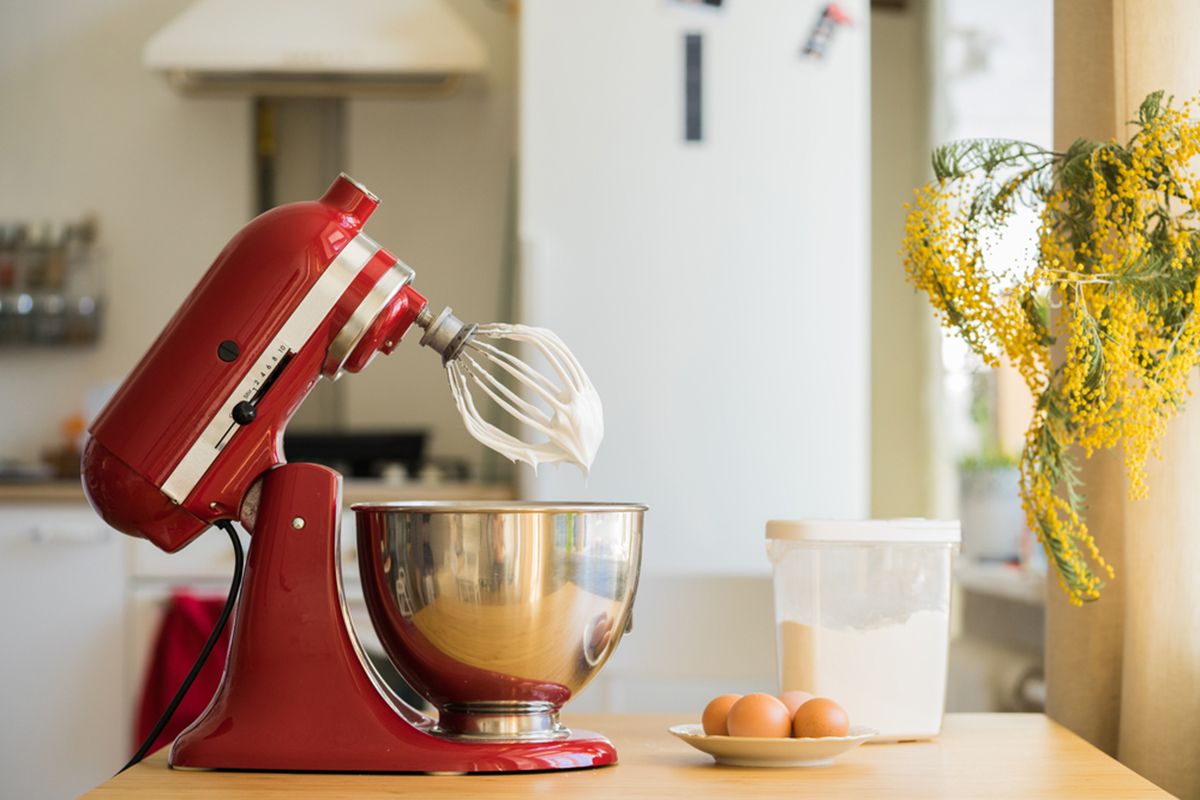
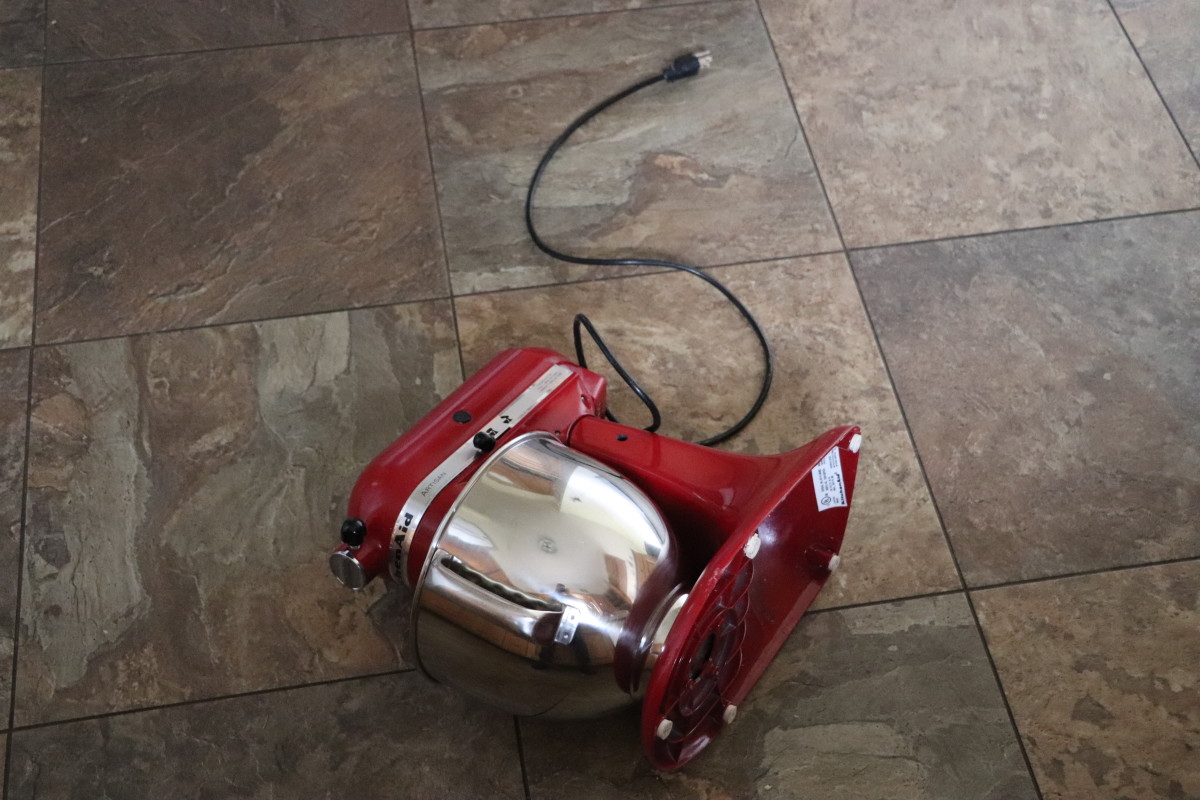
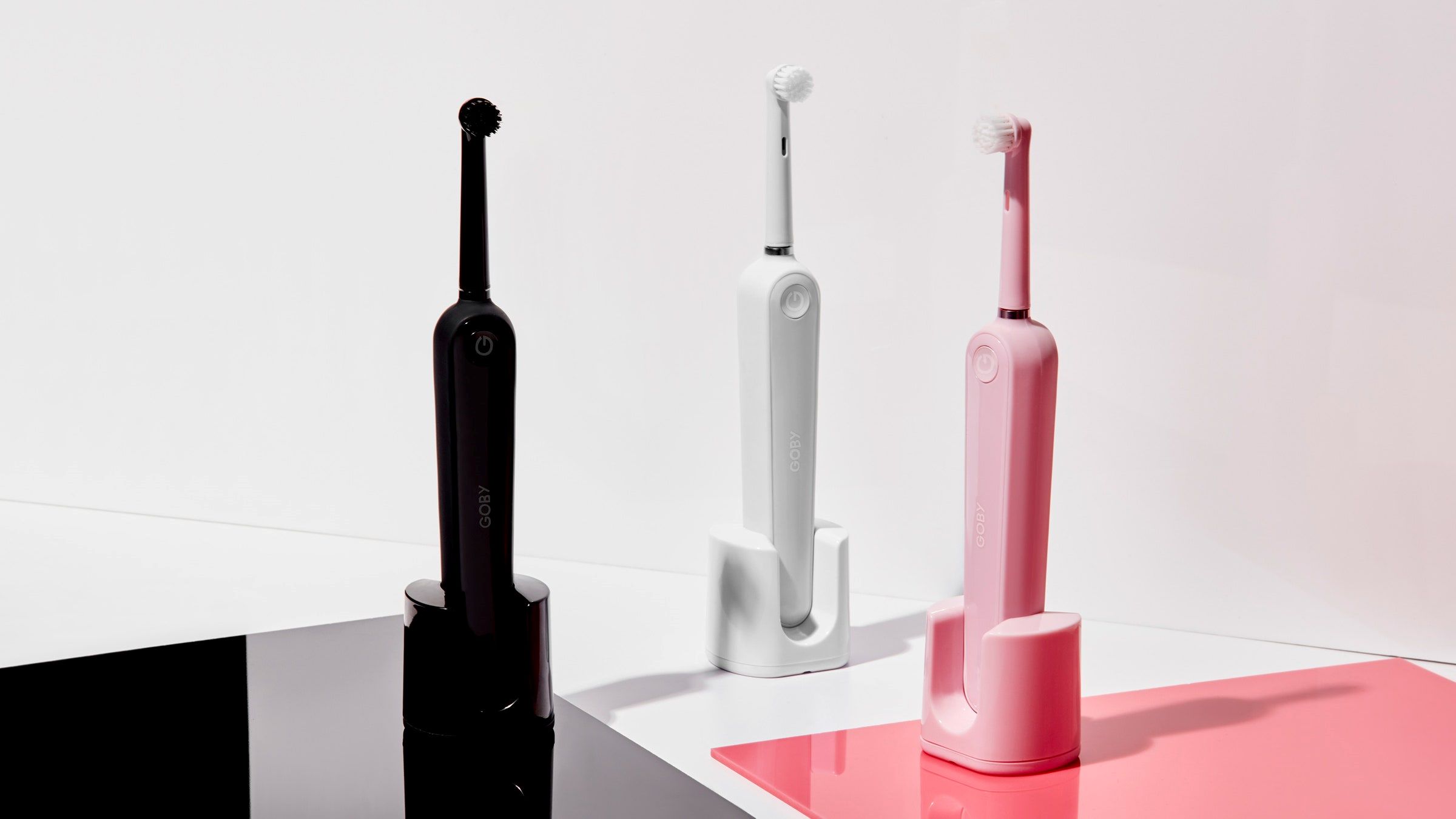
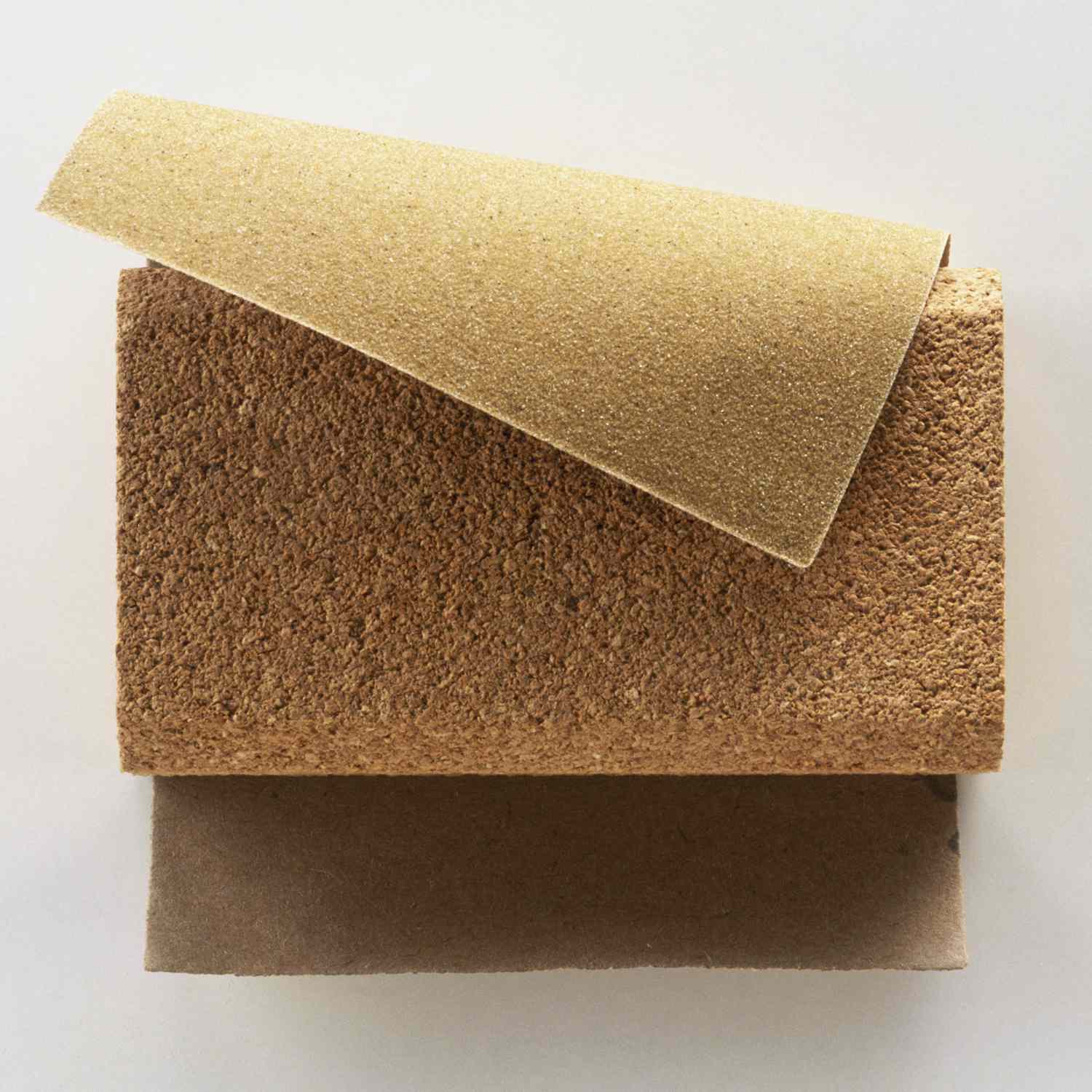
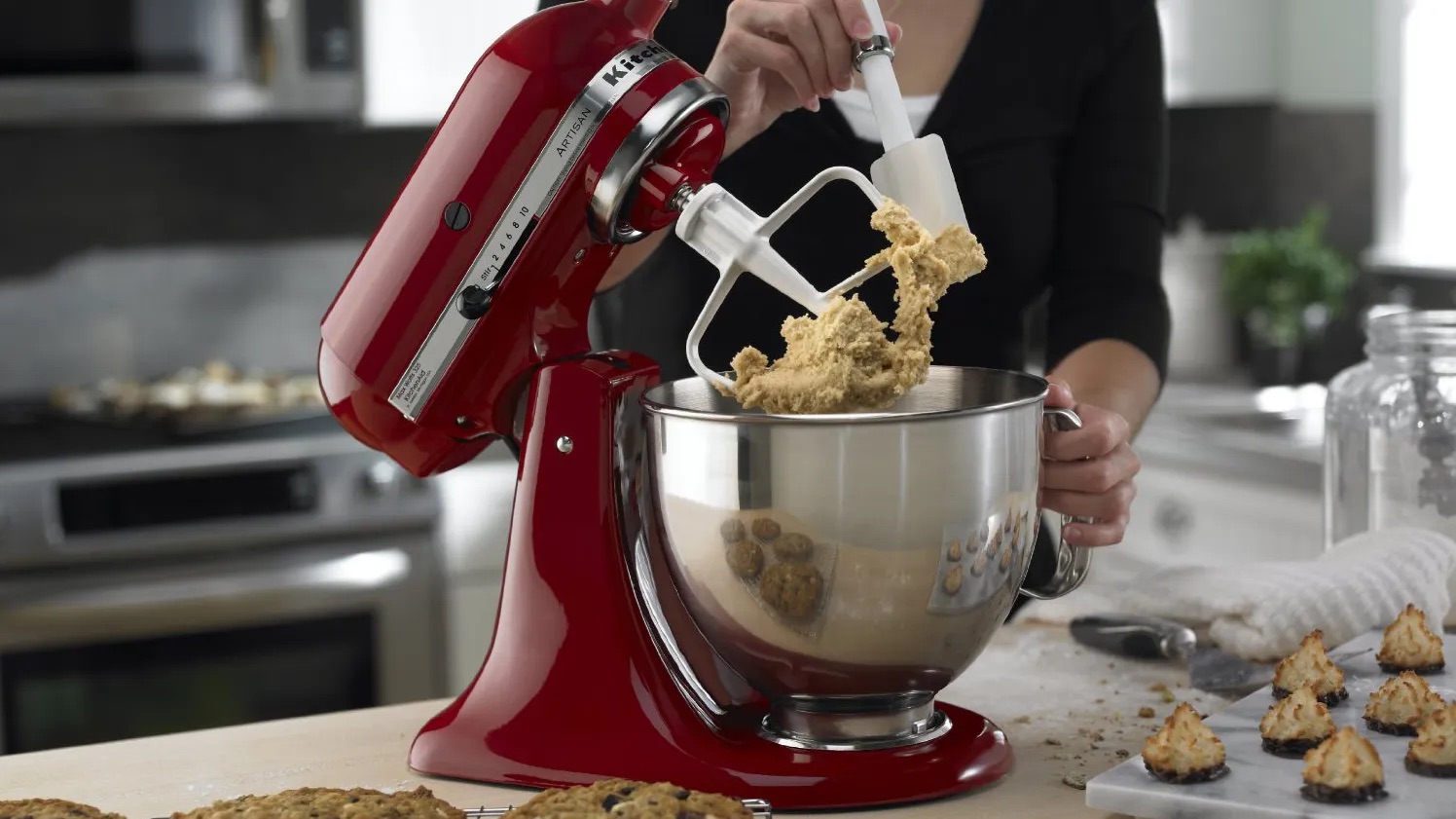
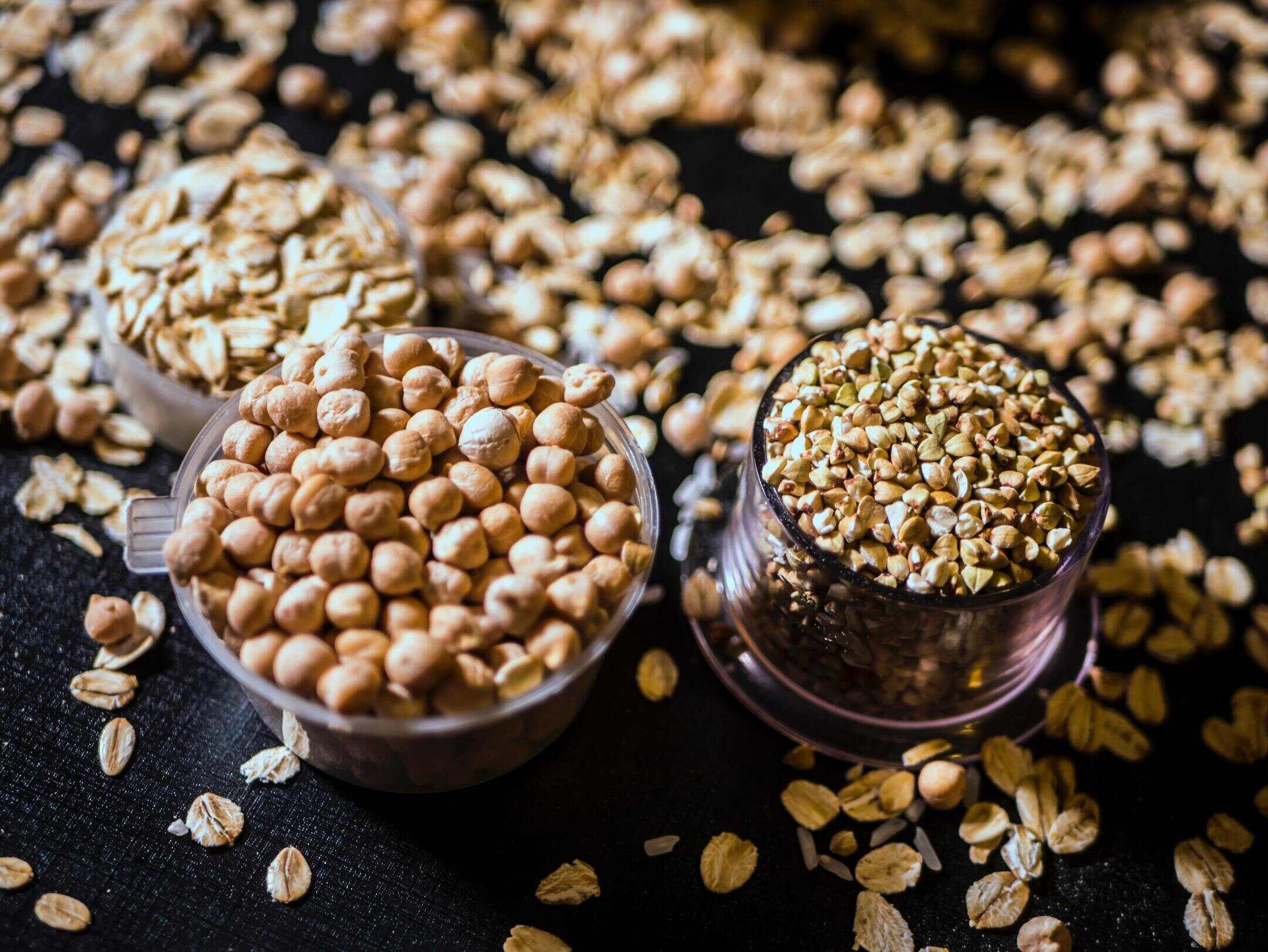

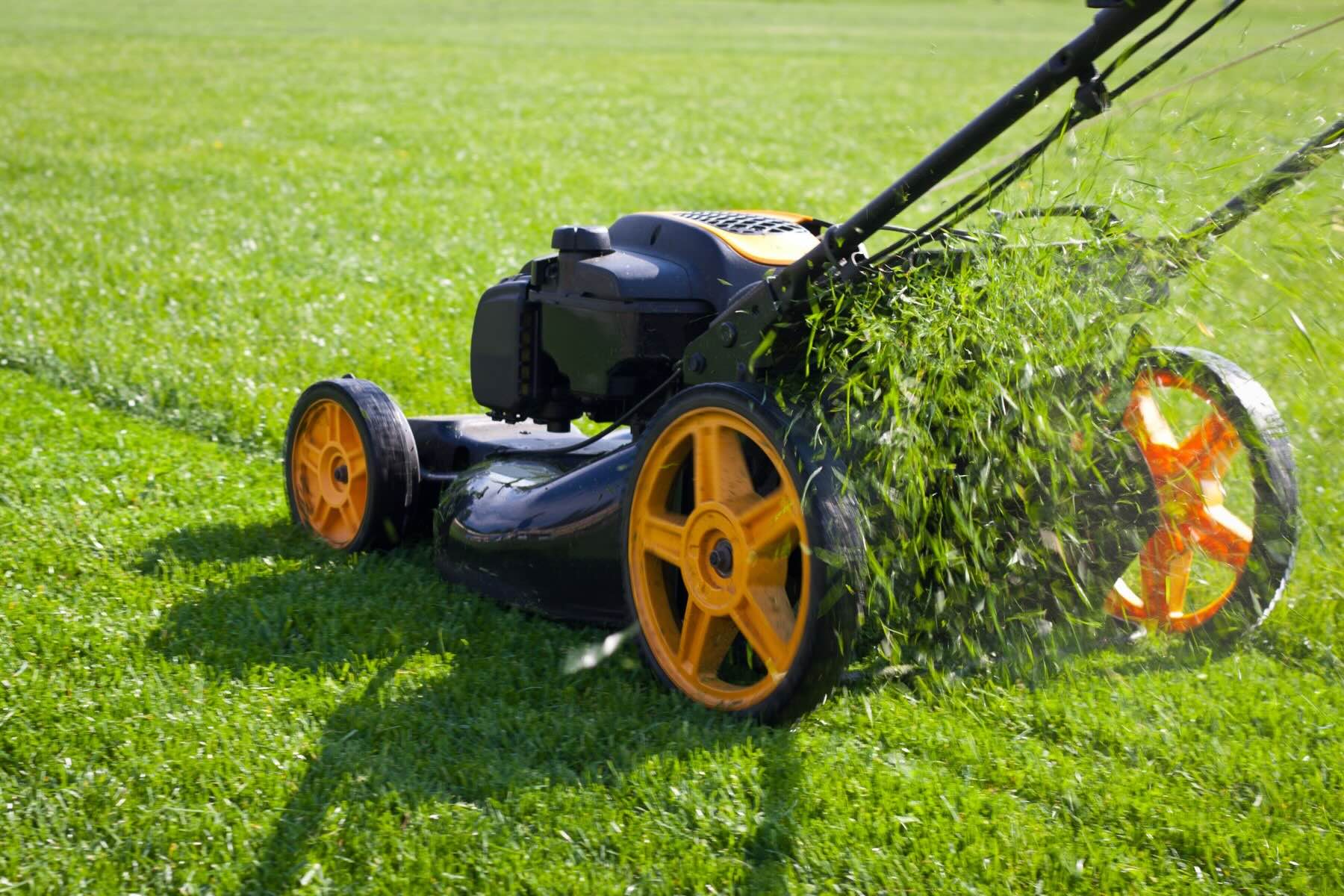
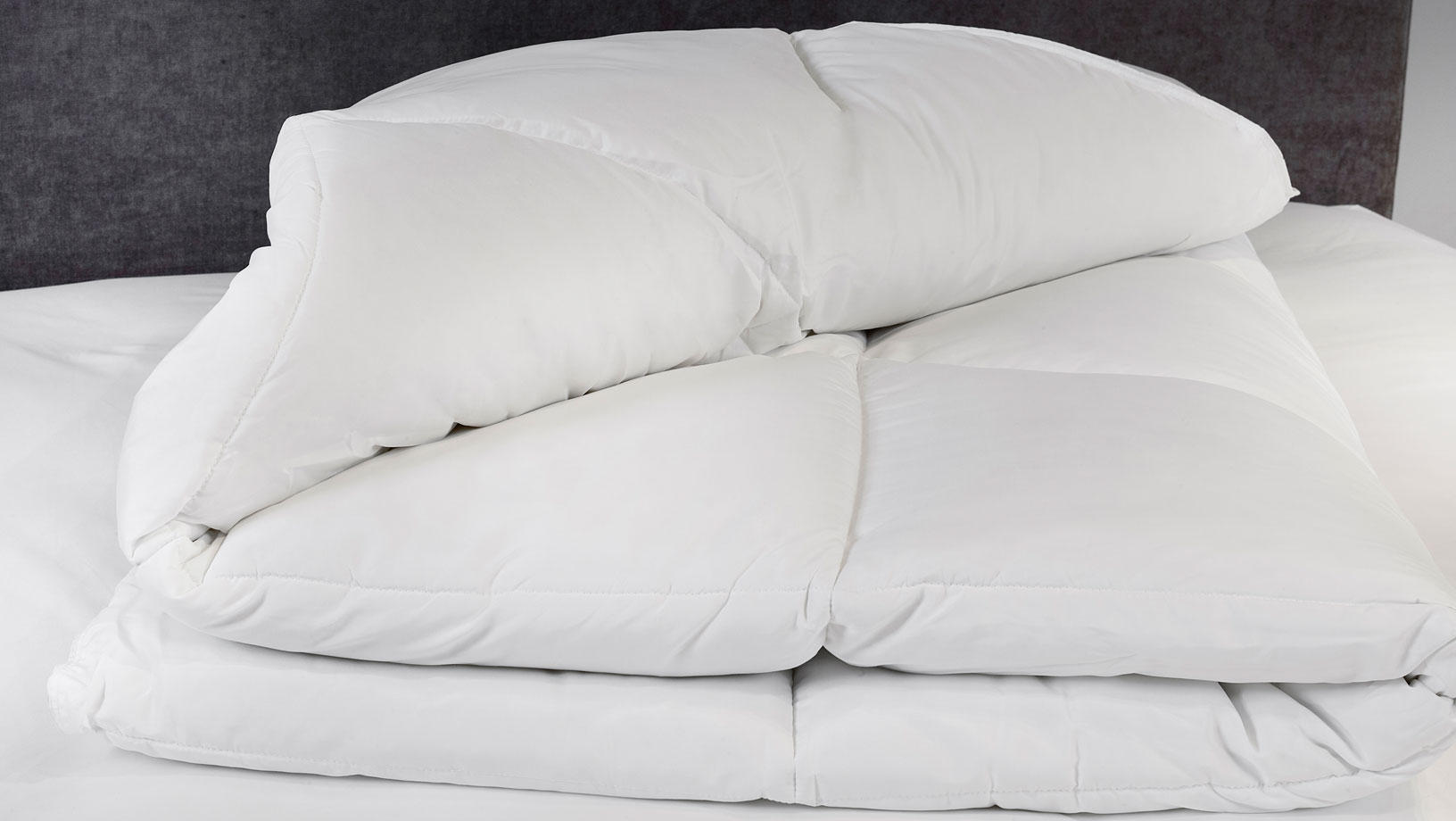


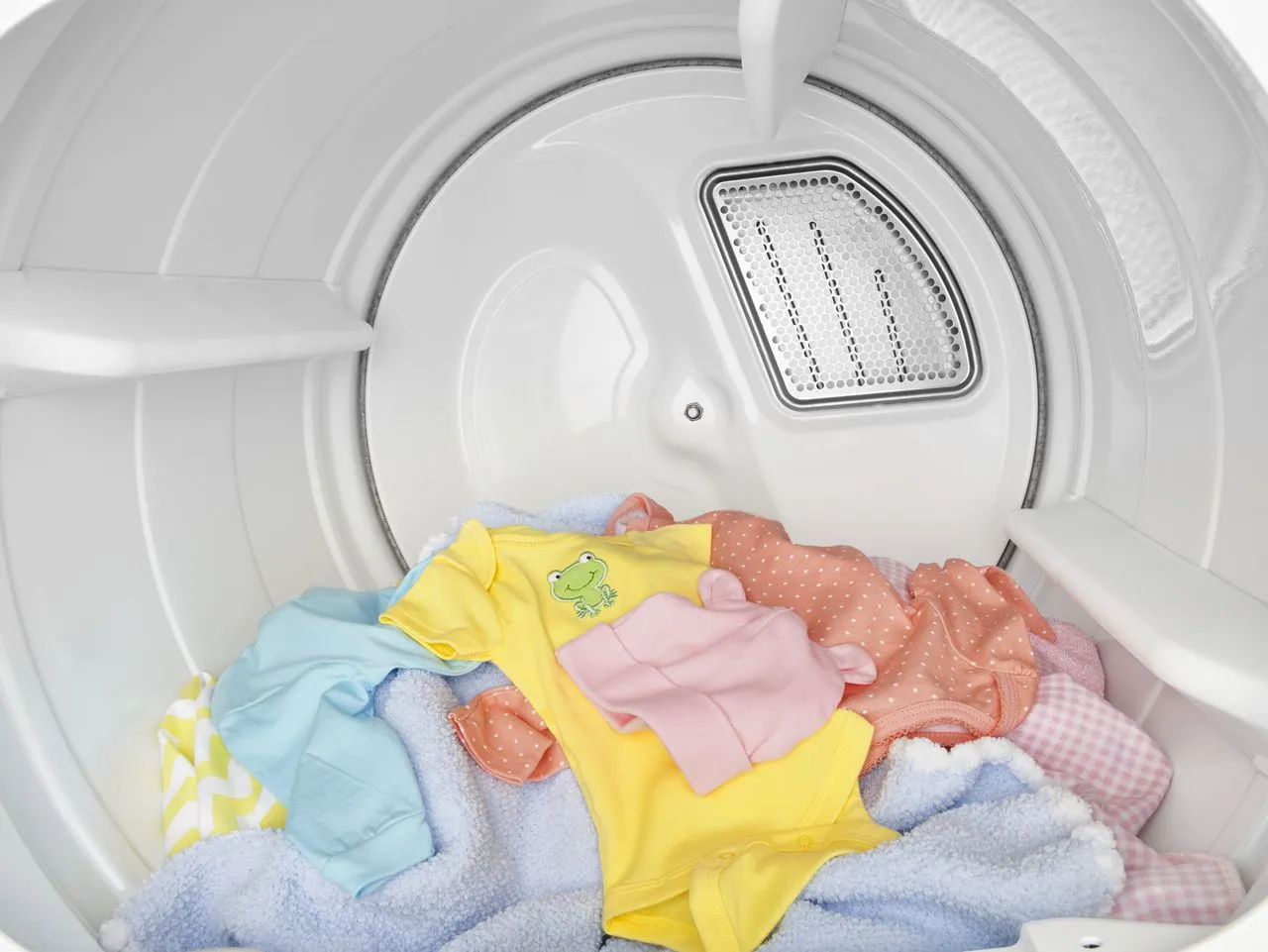
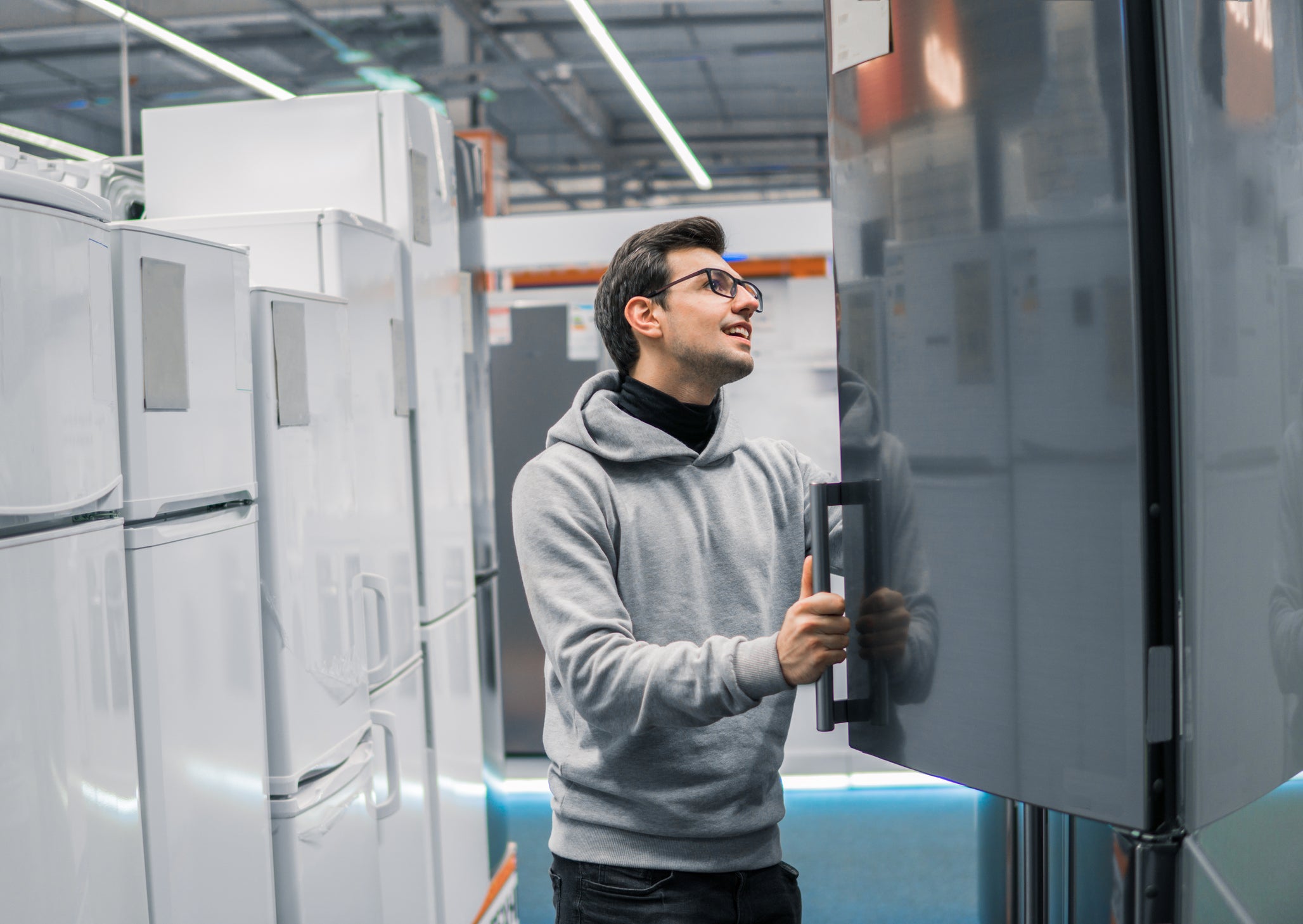
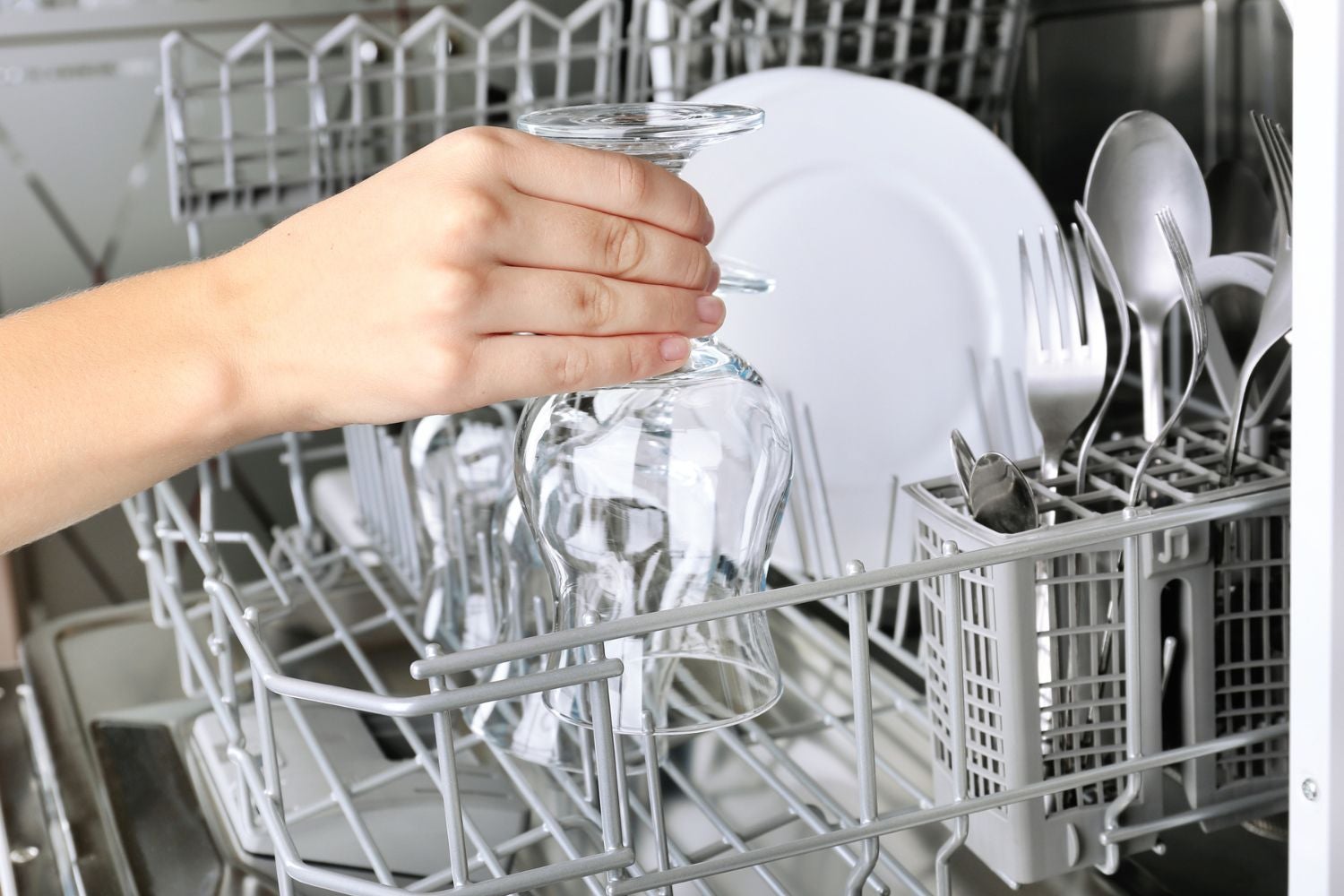

0 thoughts on “How Long Does Kitchenaid Mixer Last”